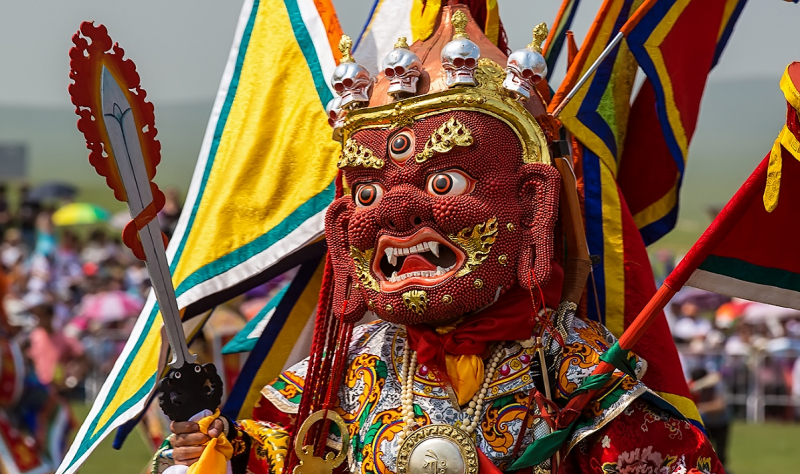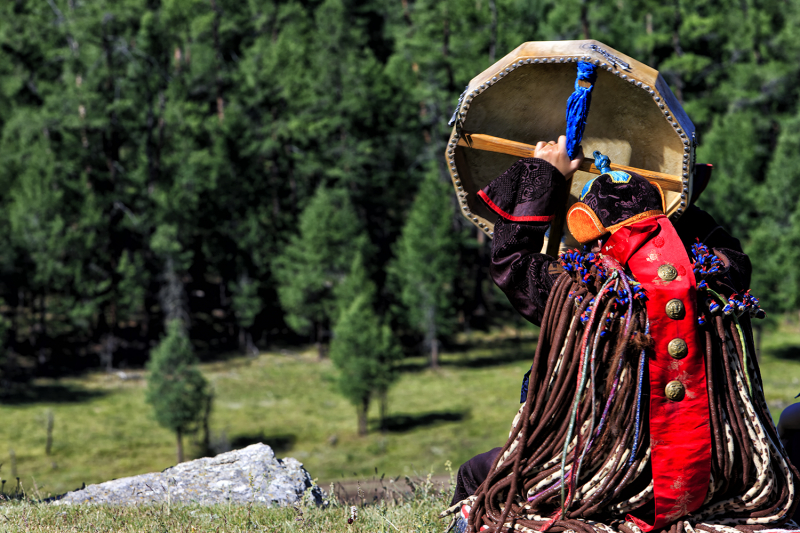Religion
Lamaism, a form of Tibetan Buddhism, is the main form of Buddhism practiced by the Mongols. However, before Buddhism was introduced, most people tended to practice Shamanism. In order to establish a secular structure in 1921, the political regime embarked in a period of closing monasteries, seizing land, and compelling monks to forsake their faith. Those that refused were killed.
But in the 1940s, the reopening of a monastery in the capital served as a catalyst for reform, and the government began allowing monks to attend Buddhist conferences in South East Asia. Nevertheless, it wasn't until the 1990s, when the one-party system was abolished, that changes started to take hold. Buddhism experienced a renaissance of adherents and regular practices, and monasteries and temples were rebuilt.
Currently, the country's religious population is fairly diverse. Shamans make up around one-third of the population, Buddhists make up another one-third, and the vast majority of people are atheists. Small communities of Muslims and Christians (estimated at 3% and 2%, respectively) are also present.









